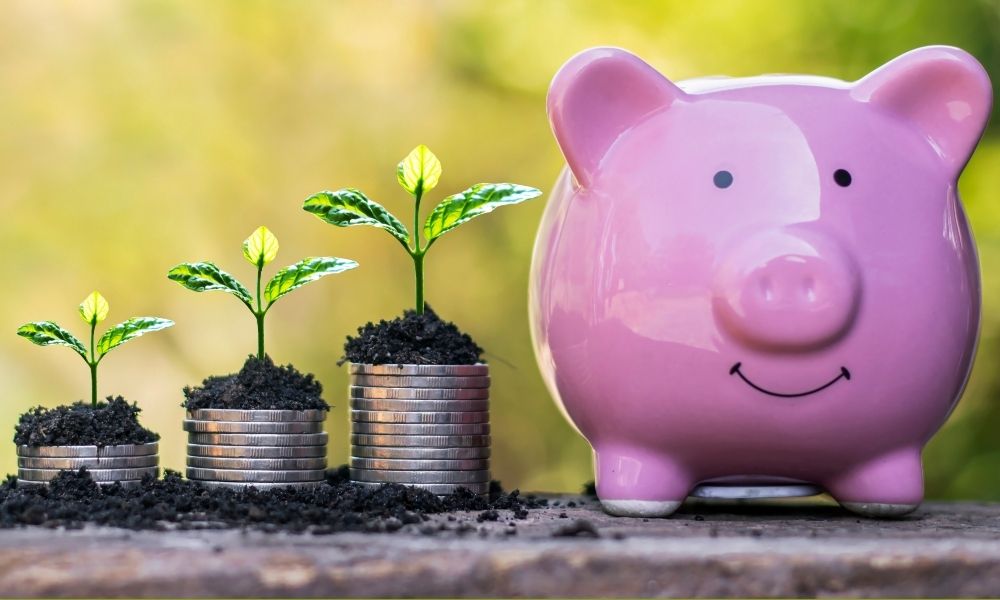Enrich the poor: A doctrine for inclusive economic growth

Approaching the joyous occasion of Christmas means being ought to pause and reflect on the harsh realities confronting the majority of Filipinos. A recent Social Weather Stations survey revealed that as many as 80 million Filipinos rate themselves poor or borderline poor. This is far more than the number of poor Filipinos during the term of President Ferdinand Marcos Sr. 36 years ago. This is utterly unconscionable.
Additionally, while the nation’s gross domestic product (GDP) grew tenfold from $30 billion in 1986 to $300 billion in 2021, economic growth has been grossly inequitable as the rich got richer, while the poor only got poorer. The World Bank reported that our Gini coefficient of 0.42 ranks the Philippines as one of the most inequitable societies in the Association of Southeast Asian Nations.
Thus, I would like to respectfully recommend to your good office to adopt and propagate the “Doctrine for Inclusive Economic Growth” to rectify this widening income disparity, and eradicate poverty and destitution, hunger, and malnutrition.
This is based on our studies and observations, analysis, and synthesis from over 20 years of working and living across Asia-Pacific, and bearing witness to the amazing Asian economic miracle, which uplifted over one billion people from poverty; and upgraded to middle income status, as evidenced in the higher per capita incomes of our Asia-Pacific neighbors—starting with Japan, then Korea, Taiwan, Hong Kong, China, Singapore, and Brunei, Malaysia, and Indonesia, Thailand, and now Vietnam, which has recently overtaken the Philippines in terms of total GDP and per capita GDP.
We must enrich our poor through the “Doctrine for Inclusive Economic Growth”:
Stop selling to the poor.
We only impoverish the poor.
The poor do not need our products.
They need our money.
So they can buy better products.
At higher prices.
Instead, buy from the poor.
Farmer and fisherman.
Laborer and worker.
MSME and co-op.
Innovate to enhance value.
Then sell to the rich.
If the local rich are inadequate,
Then export to the world.
Products, not people.
Buy from the local poor.
Sell to the global rich.
When the poor become middle income,
The middle income become rich,
The rich become wealthy.
All get richer together.
If there are not enough middle to high income people in the Philippines, then we must export overseas. Economics 101 taught us that every $1 of export makes our country richer, while every $1 of import makes our country poorer. This forces us to produce unique and innovative, superior-quality, premium-priced, world-class brands, delivering higher margins, to enable us to pay our employees higher wages, our managers higher salaries, and bonuses for all.
This is the “secret sauce” behind the Asian economic miracle. We will never achieve economic prosperity by sending millions of OFWs overseas. The true economic value of the OFWs is not in their monthly remittances. If we take their per capita average, their annual remittance of $30 billion divided by 15 million OFWs redounds to only $2,000 per year, or $184 per month. Truth be known, the real economic contribution of the OFW is reflected in the financial statements of their employers overseas; in the national income accounts of their host countries; and in the tax revenues they pay to the foreign governments; not locally. This is not to mention the untold social costs of family separations among OFWs.
As originally written at https://opinion.inquirer.net/159719/enrich-the-poor-a-doctrine-for-inclusive-economic-growth


